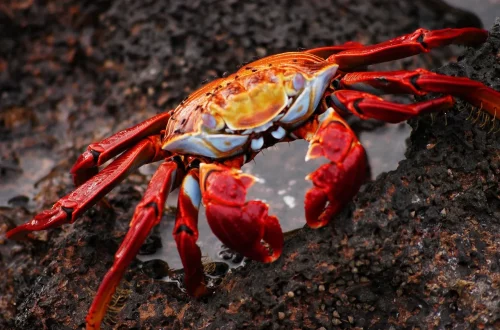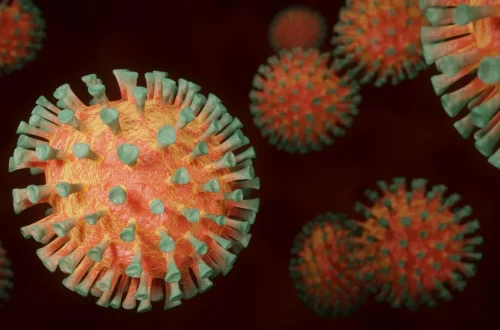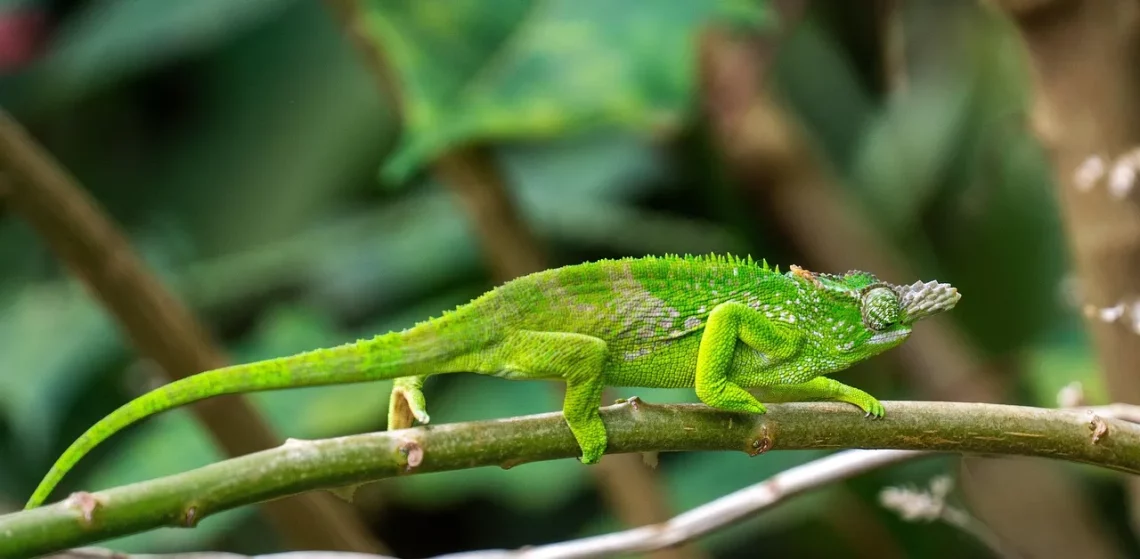-
Caring for a Chameleon in a Tank: Tips for a Healthy Habitat
Caring for a chameleon can be a rewarding experience for any reptile enthusiast. These captivating creatures, known for their vibrant colors and unique ability to change hues, require specific care to thrive in captivity. Understanding their natural habitat and behavior is essential for creating an environment that mimics their native surroundings. Chameleons are not just ordinary pets; they are complex beings with unique needs that set them apart from more traditional animals such as dogs or cats. Creating a suitable tank environment is crucial for their health and well-being. Factors such as temperature, humidity, lighting, and diet all play significant roles in their overall health. Unlike many other reptiles, chameleons…
-
Chameleon Care Tips for a Thriving Tank Environment
Creating a thriving tank environment for chameleons requires a deep understanding of their unique needs and behaviors. These fascinating reptiles are not just visually striking; they are also complex creatures with specific habitat requirements. In captivity, the goal is to replicate their natural environment as closely as possible, ensuring they have everything they need to thrive. Chameleons hail from various regions, primarily tropical and subtropical forests, where they live in trees and shrubs. Their natural habitats are characterized by high humidity, specific temperature gradients, and a variety of foliage that allows for climbing and hiding. Understanding these environmental factors is crucial for anyone looking to keep chameleons as pets. Moreover,…
-
Essential Guide to Veiled Chameleon Diet for Optimal Health
When it comes to keeping a veiled chameleon as a pet, understanding its dietary needs is crucial for ensuring optimal health and longevity. These fascinating reptiles are not only known for their vibrant colors and ability to change hues, but they also have specific nutritional requirements that must be met to maintain their well-being. In the wild, veiled chameleons are insectivorous, feeding on a variety of insects, but their diet can be more complex in captivity. A well-balanced diet for a veiled chameleon goes beyond simply offering a few crickets or mealworms. It involves a careful selection of food items that provide the necessary vitamins, minerals, and hydration needed for…










